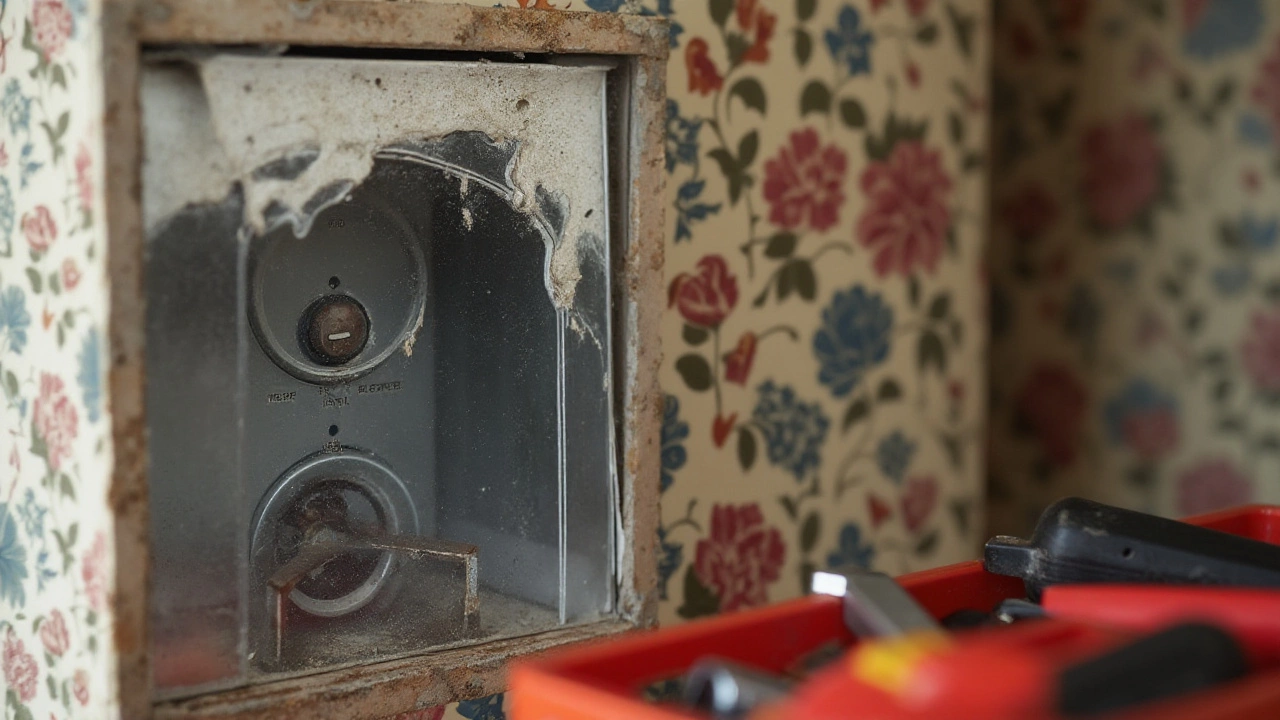Thermostat Troubleshooting: Simple Steps to Get Your Heat Working
Is your house feeling colder than it should? Most of the time the culprit is the thermostat, not the boiler. Before you call a pro, try these quick checks. They take only a few minutes and can save you both time and money.
Identify the Symptom
First, figure out exactly what’s wrong. Is the temperature reading wrong, does the heat never turn on, or does it keep cycling on and off? Write down what you see on the display, any error codes, and when the problem started. Knowing the specific behavior narrows down the cause.
If the display is blank, the thermostat might be unpowered. Check the batteries – many digital units run on AA or AA‑style cells. Replace them and see if the screen lights up. If the screen works but the temperature feels off, the sensor could be dirty or misaligned.
Fix Common Issues
1. Reset the thermostat. Most models have a reset button or a simple power‑cycle method. Turn off the thermostat, wait 30 seconds, then turn it back on. This clears minor glitches that can cause false readings.
2. Verify the wiring. Loose or corroded wires are a frequent cause of erratic behavior. Turn off the breaker, remove the front cover, and gently tug each wire to make sure it’s snug. If you see any green or black corrosion, clean it with a small brush and a bit of electrical contact cleaner.
3. Check the mode settings. Sometimes the thermostat is set to “cool” or “off” by accident. Switch it back to “heat” and set the desired temperature a few degrees higher than the current room temp.
4. Calibrate the sensor. If the room feels warm but the thermostat reads cold, you may need to recalibrate. Many digital units let you adjust the sensor offset in the settings menu. Follow the manual’s steps – usually it’s a matter of adding or subtracting a degree.
5. Clean around the thermostat. Dust and debris can block the sensor. Use a soft vacuum brush or a dry cloth to clean the vents and the area behind the unit. This simple step often restores proper readings.
If you’ve tried all the above and the heat still won’t kick in, the problem is likely with the heating system itself – a faulty boiler, pump, or valve. At that point, it’s safest to call a qualified technician.
Remember, regular maintenance keeps thermostats happy. Replace batteries once a year, give the unit a quick visual check each season, and schedule a professional service for your boiler every 12 months. A well‑tuned thermostat means a comfortable home and lower energy bills.
Got a different thermostat model or a unique error code? Jot it down and search the manufacturer's support site – they often have model‑specific troubleshooting steps that are just as easy to follow.
By running through these simple checks, you’ll know whether the thermostat can be fixed yourself or if it’s time to let the experts handle it.
